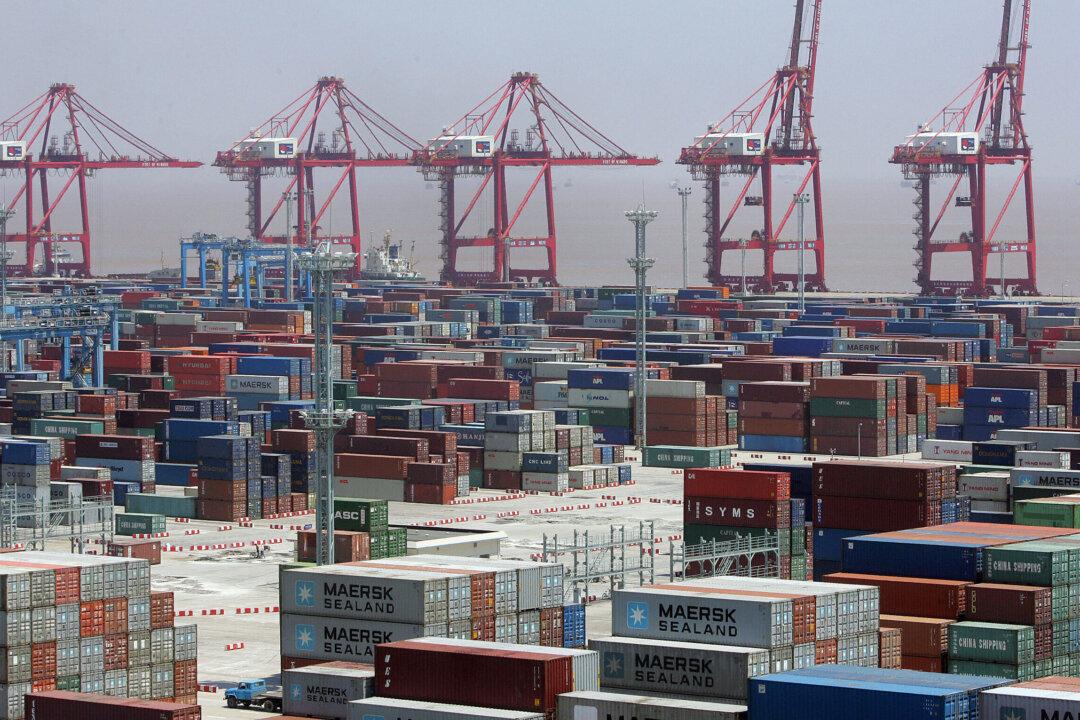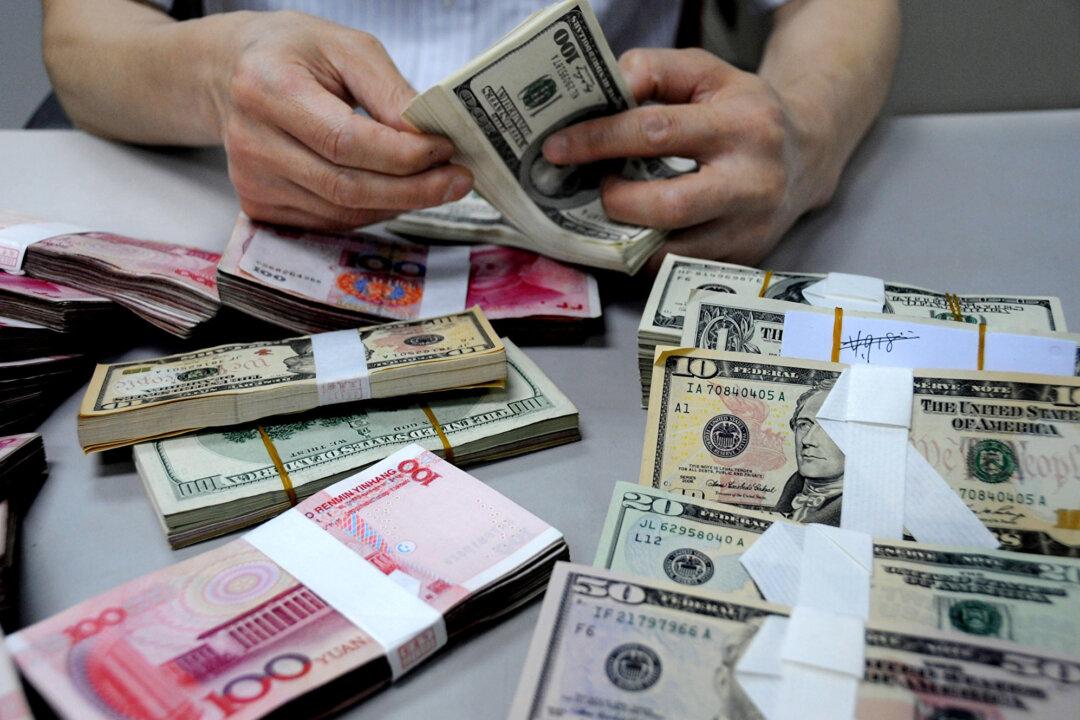In the first four months of this year, China’s foreign exchange reserves continued to decline by more than $100 billion. The decline in April was the biggest drop since November 2016 nearly five and a half years ago.
According to the China Administration of Foreign Exchange, from the end of December last year to the end of April this year, China’s foreign exchange reserve balance continued to decline for four consecutive months ($3,250.2 billion, $3,221.6 billion, $3,213.8 billion, $3,188 billion, and $3,119.7 billion), with a cumulative decrease of $130.4 billion this year, a decrease of 4 percent from the end of last year.





